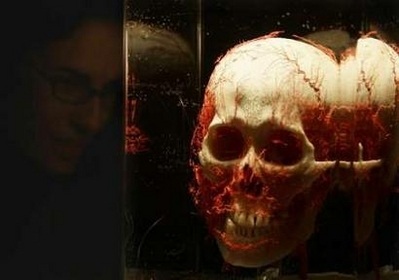Aggressive teens have different brain structures
Updated: 2008-02-28 11:27
WASHINGTON -- Teens who are more likely to argue aggressively and persistently with their parents also have brain structures of different sizes, finds a new study available Wednesday.
On average, a sassy kid has a larger amygdala, the part of the brain that processes emotional responses, than a cooperative one. The findings, published in the latest online issue of the Proceedings of the National Academy of Sciences, could help scientists understand the roots of aggressive behavior in teens.
|
|
Nicholas Allen from the University of Melbourne, Australia, wanted to find out whether brain structure influences a teenager's day-to-day emotional state. He and colleagues from the Orygen Research Center in Melbourne and the Oregon Research Institute in the United States videotaped 137 preteens and teenagers between the ages of 11 and 14 as they talked with their parents about issues that often lead to disagreements -- such as bedtime, homework, or cell-phone use.
The researchers scored the conversations based on their content and other factors such as facial expressions and tone. They also used brain imaging to measure the volume of different brain structures among the youths. Those with a larger amygdala, relative to the total brain size, showed more aggressive behavior while talking with their parents in these sessions.
In addition, boys with a left prefrontal cortex larger than the right were less emotionally reactive. Allen speculates that the left side of the cortex plays a greater role in squelching impulsive behavior, meaning that when it's larger than the right side, impulses may be better controlled.
The study doesn't show that a larger amygdala causes the behavior differences, but it's a good start toward spelling out the connection, says psychiatrist Jay Giedd of US National Institute of Mental Health. Researchers have been seeking a connection "between the brain imaging and the clinical significance," he says, but that link "has been elusive." The next step is to track these adolescents and see how their brains changeover time, Giedd says: "It is the right approach; there is more to come."
|
|
|
||
|
||
|
|
|
|
